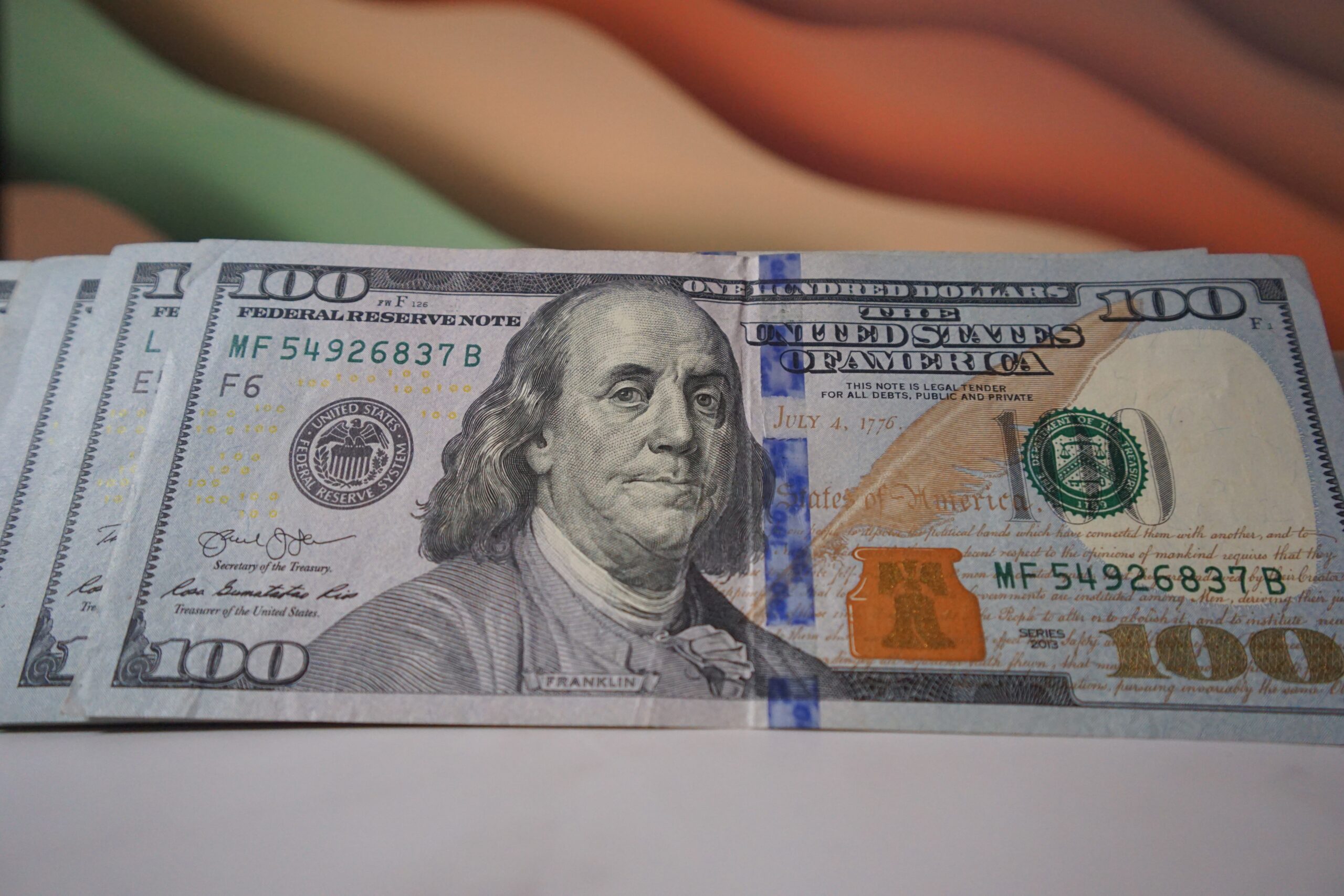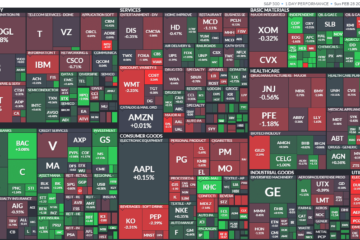What are dividends? This is a question that many people who would like to invest have, but often are too embarrassed to ask. (Myself included when I started investing btw.) So today, let’s briefly go over (1) what dividends are and (2) the different types of dividends. Here we go!
(1) What Are Dividends?
Dividends are really a simple concept when you break it down. Dividends are part of the profit that a company makes that they give back to the shareholders.
Let’s break it down a little more.
When a company makes a profit they can do a few different things with that profit. They can:
- Plow the money back into the business by buying more machinery, getting better office equipment, hiring more workers, giving bonuses, etc.
- Pay down debt.
- Give the money back to the shareholders.
If a company chooses to give the money back to the shareholders (#3), then they do it through the form of a dividend.
Dividends are usually paid every quarter. However, some companies pay them semi-annually or even annually.
When you are trying to figure out what dividends are, there are a few things to know that are important.
- A company that pays a dividend one quarter is NOT obligated to pay a dividend the next quarter. Remember, the dividend is based on PROFIT. If the company does not have profit they will probably choose not to pay a dividend.
- Another thing to remember is that just because a company pays a dividend does not necessarily make them a good investment for you. Companies that pay dividends typically are older and more stable and have maybe maxed out the areas of business that they can go into. Then instead of them just hoarding cash or trying to grow their business as much, they decide to give some of that cash back to the shareholders.
- Painting with a broad brush, companies that regularly pay dividends typically will not see their stock price soar to extreme heights as those who do not.
Think of a company like Amazon. Amazon does not pay a dividend because they plow all of their money back into the business because they are growing super fast.
Compare that to a company like General Electric, who has been around since the horse and buggy days and is very well established. GE doesn’t need to plow as much money back into the business as Amazon so they give it back to their shareholders in the form of dividends.
(2) What Kinds of Dividends Are There?
There is more to the question, “What are dividends?” Strictly speaking, there are four different types of dividends. However, two of them make up the vast majority of them.
- Cash Dividend
- Stock Dividend
- Property Dividend
- Script Dividend
- Liquidation Dividend
The only ones that we’ll focus on are cash and stock dividends because they make up the VAST majority of all dividends.
Cash Dividends
These are BY FAR the most common dividends. A cash dividend is simply an amount of money given to the shareholder for owning the stock.
For example, you might own 100 shares of stock for a company and that company decides to declare a $0.40 dividend. This means that you will be given a check for $4.00. If they declare the same dividend for the next quarter, you will get another check for $4.00 next quarter and so on.
Stock Dividends
A stock dividend is the second most common type of dividend. This is where a company will give you more stock ownership in the company rather than paying out cash.
For example, if you own the same 100 shares of stock in a company as before and they decide to declare a 2% stock dividend, you will be given two additional shares of stock rather than cash. Now you own 102 shares of stock.
Final Thoughts
If you were originally just trying to figure out what dividends are, you’re probably now asking yourself, “Should I invest in a company that pays dividends?” The answer is “Maybe”. It depends on your situation.
Investing in dividend-paying stocks is good for someone who needs a regular passive income. You can look up the dividend history of a company to see how stable their dividend policy is. However, if you are young and/or more aggressive, you will probably need to value a company that has a stock price that will increase more rapidly. You won’t find that as often with dividend-paying stocks.
As for me, I own some dividend-paying stocks but far more non-dividend-paying stocks. I am still pretty young (in my 30s) so I am okay with the risk of more young and less stable companies.
But at the end of the day, dividend-paying stocks can be a really useful tool in your investing arsenal. I use them in mine.
I really hope that this helped you understand this concept well.
If you have any other investing questions, please check out my other investing articles here!
As always, please share this article with a friend and raise any comments that you have in the comments!
Until next time!



0 Comments